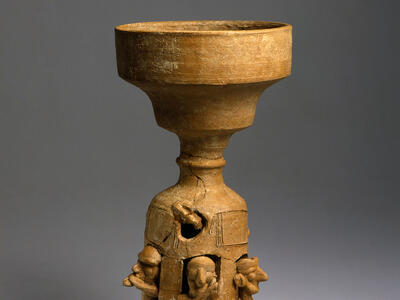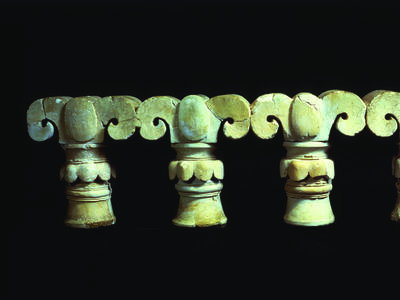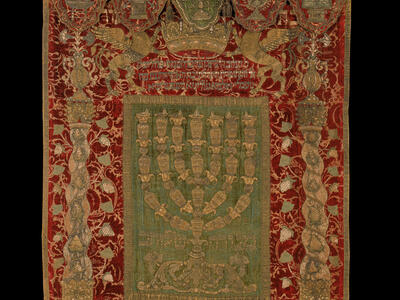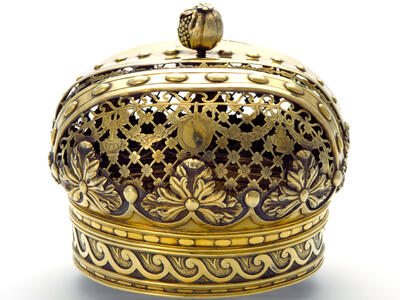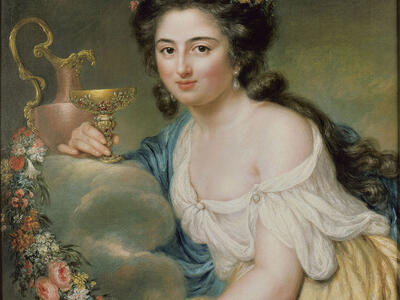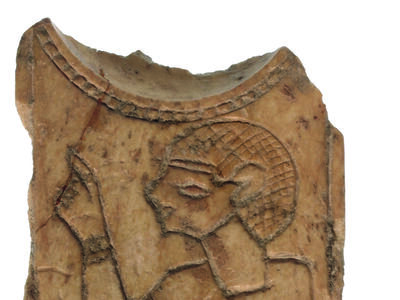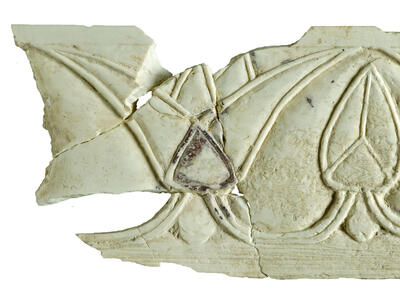Access primary sources, guide commentary, and curated collections
Filter by
Showing Results 1 - 12 of 273
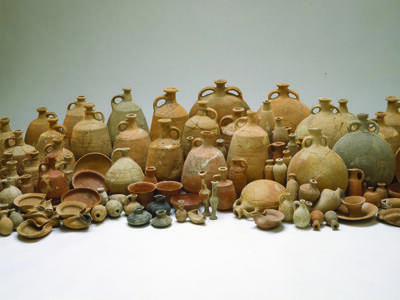
Source
Assemblage of Containers from Ketef Hinnom
Iron Age IIC–Early Persian Period, 7th–5th Centuries BCE

Source
Ivory-openwork Panel with a Battle between a Wild Bull and a Lion
Iron Age IIA–IIB, 9th–8th Century BCE
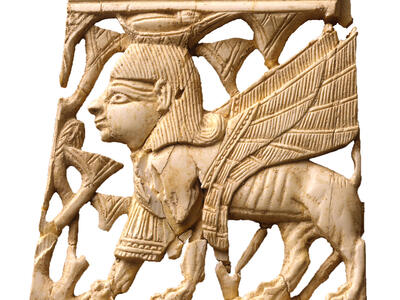
Source
Ivory-openwork Panel with a Sphinx Striding through Lotus Flowers
Iron Age IIA–IIB, 9th–8th Century BCE


